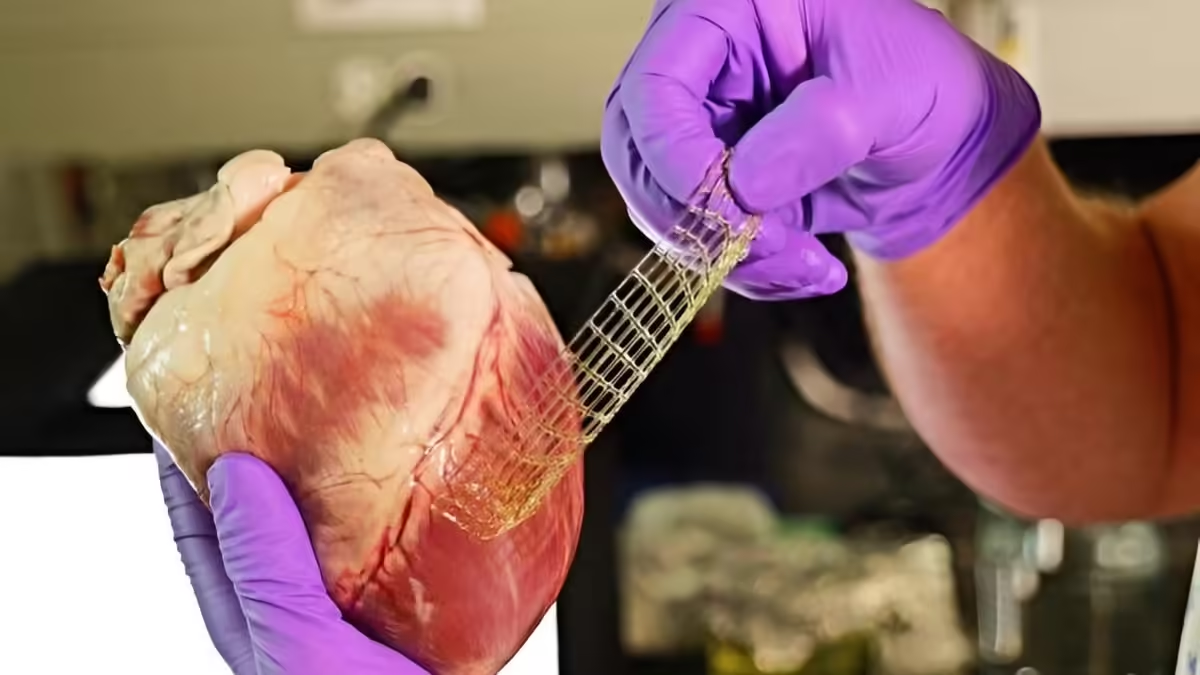Researchers at the University of Colorado Boulder and the University of Pennsylvania have developed a groundbreaking 3D printing method known as Continuous-curing after Light Exposure Aided by Redox initiation (CLEAR). This innovative technique creates materials that replicate the strength and flexibility of human tissues, potentially transforming medical applications.
Advancements in 3D Printing for Medical Use
The CLEAR method offers a unique combination of properties essential for medical applications: flexibility to endure the heart’s constant movement, toughness to withstand joint pressure, and adaptability to specific patient needs. This advancement opens the door to developing advanced biomaterials such as drug-infused heart bandages, cartilage patches, and needleless sutures.
Jason Burdick, senior author of the study, explained the significance of this development: “Cardiac and cartilage tissues are similar in that they have very limited capacity to repair themselves. When they’re damaged, there is no turning back. By developing new, more resilient materials to enhance that repair process, we can have a big impact on patients.”
How CLEAR Works
Traditional 3D printing methods use hydrogels for creating artificial tissues, but these often lack the necessary strength and flexibility for medical applications. The CLEAR process addresses this by intertwining long molecules within the 3D-printed materials, inspired by the intricate entanglement seen in worms. This results in materials that are both robust and flexible, capable of adhering to moist tissues.
The new materials were subjected to rigorous testing, including stretching and weight-bearing tests, and even a test involving a bicycle rolling over the sample. The results showed that these materials are significantly tougher than those produced with standard 3D printing techniques and demonstrated excellent compatibility with animal tissues and organs.
Future Applications and Environmental Benefits
The team envisions a future where these 3D-printed materials could be used to repair cardiac defects, deliver tissue-healing drugs directly to organs, stabilize herniated discs, and perform sutureless surgical closures. Additionally, the CLEAR method is more environmentally friendly as it eliminates the energy-intensive hardening phase typically required in 3D printing.
“This is a simple 3D processing method that people could ultimately use in their own academic labs as well as in industry to improve the mechanical properties of materials for a wide variety of applications,” said Abhishek Dhand, first author and researcher in the Burdick Lab.
The researchers have filed a preliminary patent for their technique and plan to conduct further studies to assess tissue responses to these materials. Their findings were published in the journal Science.



